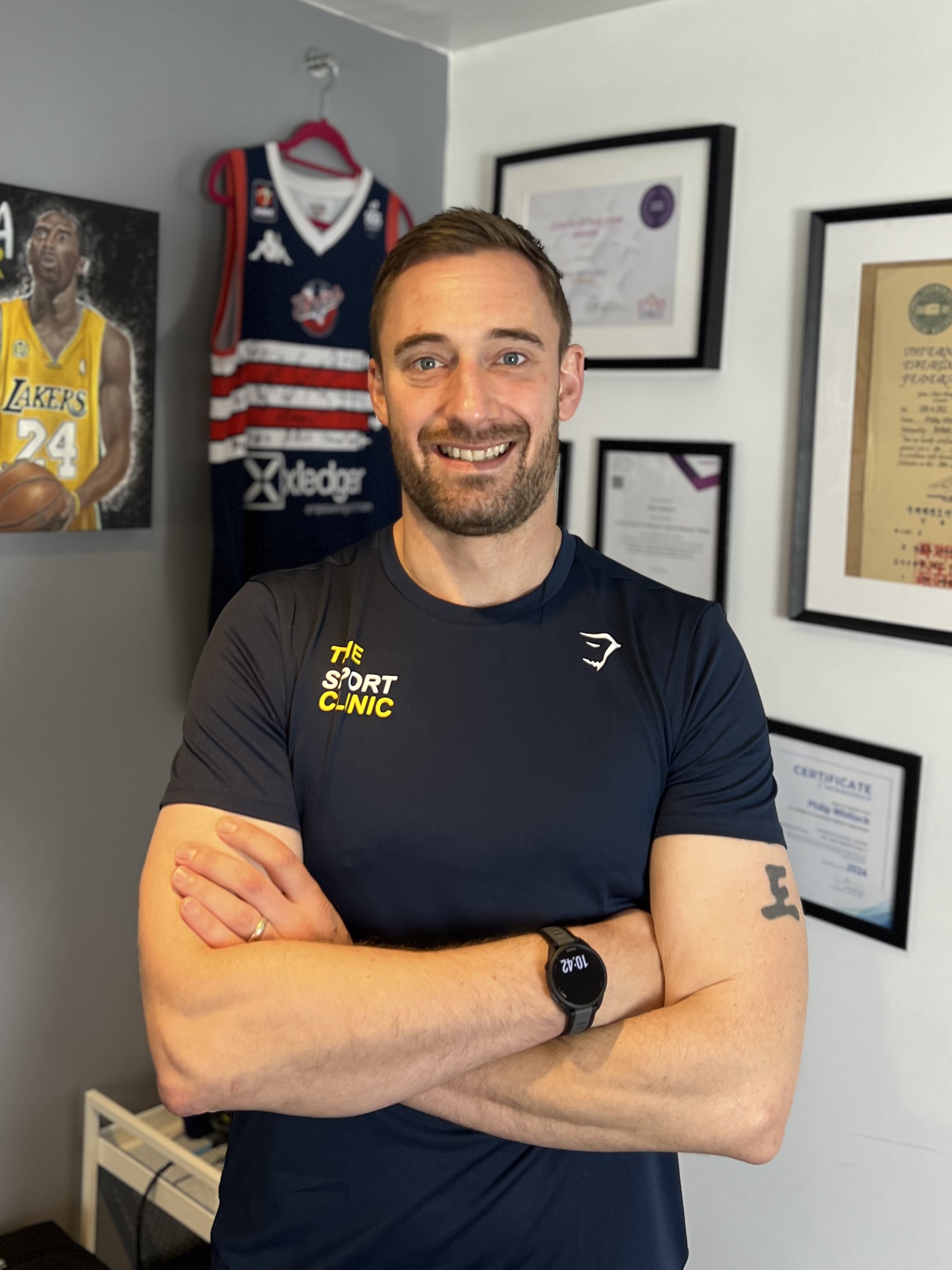Maximise Your Potential with Sports Therapy Services
- Phil Whitlock

- Oct 6
- 4 min read
When it comes to staying active and performing at your best, injuries can be a frustrating setback. Whether you’re a seasoned athlete or someone who enjoys regular exercise, recovering from injury effectively is key to getting back on track. I’ve found that understanding the right approach to sports injury recovery can make all the difference. In this post, I’ll share insights on how to maximise your potential through expert care and targeted therapy.

Understanding Sports Injury Recovery
Recovering from a sports injury is not just about resting and waiting for pain to go away. It’s a process that involves careful management, rehabilitation, and sometimes, professional intervention. The goal is to restore your strength, flexibility, and function while preventing further damage.
Injury recovery typically follows these stages:
Acute phase: Immediately after injury, focus on reducing pain and swelling.
Repair phase: Tissue healing begins, and gentle movement is introduced.
Remodelling phase: Strengthening and functional exercises help restore full capacity.
Each stage requires different care strategies. For example, during the acute phase, ice and rest are crucial. Later, controlled exercises help rebuild muscle and joint function. Ignoring these stages or rushing through them can lead to chronic problems or re-injury.
If you want to speed up recovery and avoid setbacks, it’s important to listen to your body and seek professional advice when needed.
How Sports Injury Recovery Can Boost Your Performance
Recovering well from injury doesn’t just mean getting back to where you were before. It’s an opportunity to improve your overall physical health and performance. Proper rehabilitation can help you:
Correct muscle imbalances that may have contributed to the injury.
Improve flexibility and joint mobility.
Enhance strength and endurance.
Develop better movement patterns to reduce future injury risk.
For example, if you’ve had a knee injury, targeted exercises can strengthen the surrounding muscles and improve stability. This not only helps you return to your sport but can also make you more resilient and efficient in your movements.
In my experience, combining recovery with performance training leads to longer-lasting results and a more enjoyable active lifestyle.
How much does a sports therapist cost?
One common question I hear is about the cost of seeing a sports therapist. Prices can vary depending on location, the therapist’s experience, and the type of treatment you need. Generally, you can expect:
Initial consultation: £40 - £70
Follow-up sessions: £30 - £60 each
Some clinics offer packages or discounts for multiple sessions, which can be more cost-effective if you need ongoing care.
Remember, investing in professional care can save you money in the long run by preventing chronic issues and speeding up your return to activity. Many insurance plans also cover sports therapy, so it’s worth checking your policy.
If you’re curious about specific pricing or want to find a trusted provider, I recommend visiting The Sport Clinic for detailed information and expert support.

What to Expect from Professional Sports Therapy Services
When you book a session with a sports therapist, you can expect a personalised approach tailored to your injury and goals. Here’s what typically happens:
Assessment: The therapist will evaluate your injury, movement patterns, and overall physical condition.
Diagnosis: They identify the root cause of your pain or dysfunction.
Treatment plan: A customised plan is created, which may include manual therapy, exercise prescription, and advice on lifestyle changes.
Rehabilitation: You’ll work through exercises and therapies designed to restore function and prevent re-injury.
Ongoing support: Progress is monitored, and the plan is adjusted as needed.
The best therapists focus on education, helping you understand your body and how to care for it. This empowers you to take control of your recovery and maintain your health long-term.
Using sports therapy services can be a game-changer, especially when you want expert guidance and a structured path back to full activity.
Tips for Maximising Your Recovery at Home
While professional care is invaluable, there are plenty of things you can do at home to support your recovery:
Follow your therapist’s advice: Stick to the exercises and recommendations they provide.
Stay active within limits: Gentle movement helps maintain circulation and prevents stiffness.
Manage pain and swelling: Use ice, compression, and elevation as needed.
Eat well: Nutrition plays a big role in healing. Focus on protein, vitamins, and minerals.
Get enough rest: Sleep is when your body repairs itself.
Avoid rushing back: Returning to full activity too soon can cause setbacks.
By combining professional treatment with these self-care strategies, you’ll create the best environment for healing and performance improvement.

Moving Forward with Confidence and Strength
Recovering from a sports injury can feel overwhelming, but with the right approach, it’s also a chance to grow stronger and more resilient. I encourage you to seek expert help when needed and take an active role in your recovery journey.
Remember, every step you take towards healing is a step towards maximising your potential. Whether it’s through personalised therapy, smart training, or consistent self-care, you have the power to come back better than before.
If you want to explore professional options, consider reaching out to The Sport Clinic in South Gloucestershire. Their expert team is ready to support you with tailored care designed to help you recover, perform, and thrive.
Your body deserves the best care - start your journey today!



